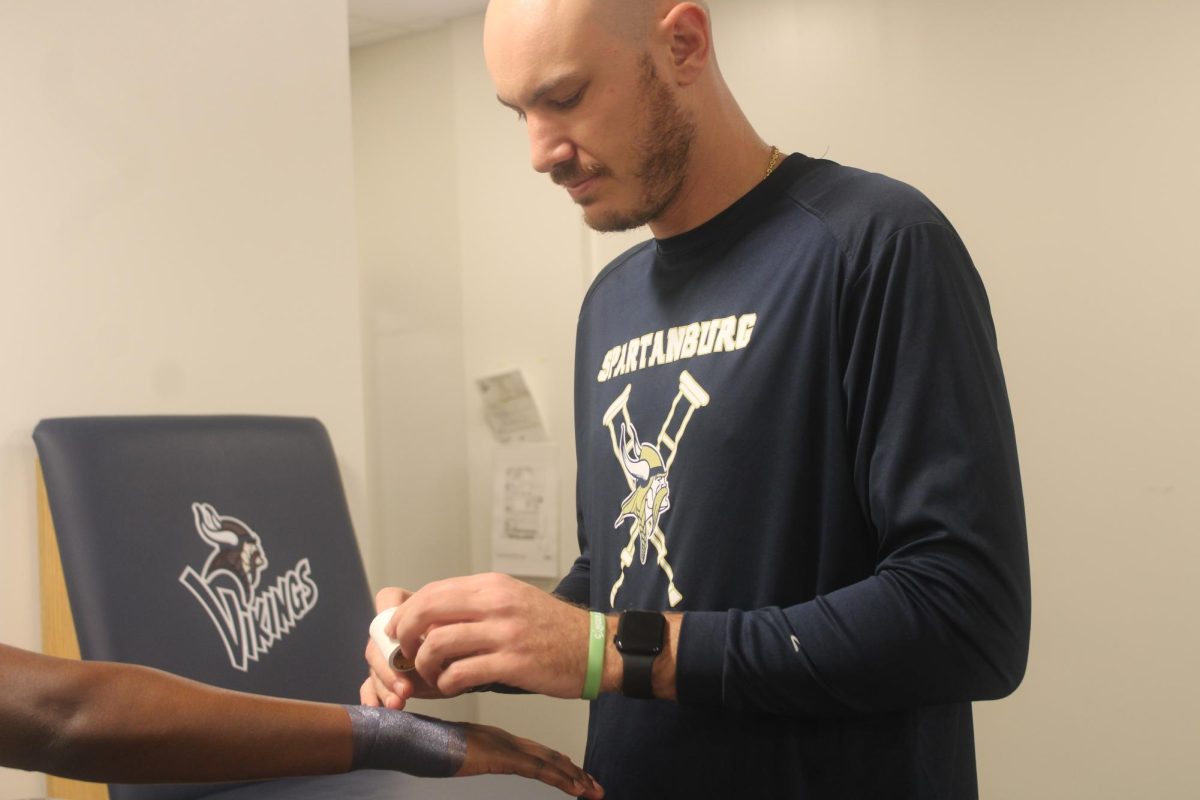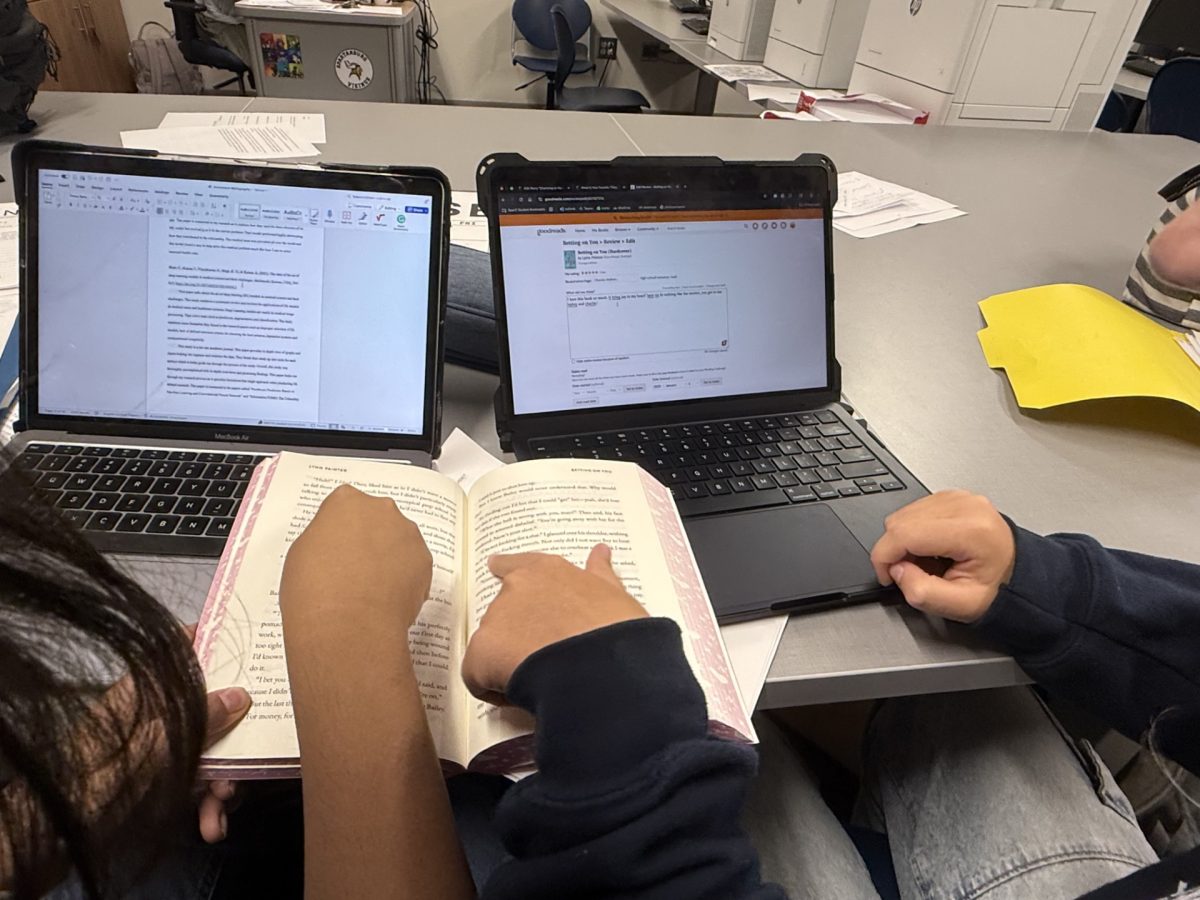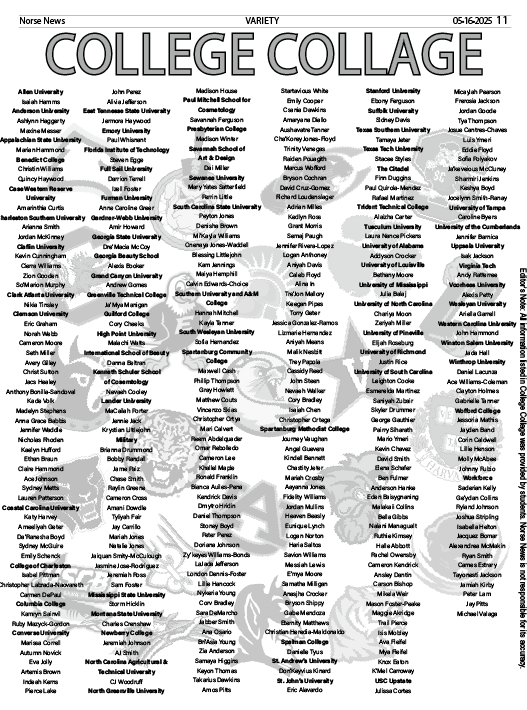In recent years, educators and researchers have observed a growing concern regarding students’ attention spans. With the rise of digital technology and an increasingly fast paced world, a various number of students today face unique challenges in maintaining focus during lessons. Students have varying attention spans which is often influenced by age, interest and teaching methods. Recent studies suggest that the average attention span has been decreasing, particularly among younger generations.
One major factor contributing to this trend is the extensive use of technology. Smartphones, tablets and social media platforms offer instant satisfaction, which can make traditional learning methods seem less engaging. According to a study by the Pew Research Center, nearly 90% of teens report using social media daily, and many students find it challenging to disconnect from their devices during school hours.
Zafira Wasma (10) provides a glimpse into the challenges she faces with her attention span being affected in the classroom and her coping strategies.
“When it comes to attention span I am more attentive or inattentive in different environments. I tend to lose attention quicker in slow and very formal environments and I am more attentive in visual/exciting environments. I usually combat losing attention by maintaining a good posture throughout the process. This makes me feel more awake as well. When I begin to lose interest in something I also think of the downfalls it will cause me. If I don’t pay attention to my teacher, I will not understand the concepts and do badly on the test.” Wasma said.
Educators are also aware of the changes in student attention spans and are adapting their teaching methods accordingly. Many teachers are exploring different strategies to engage students and improve focus. For instance, incorporating multimedia presentations, group projects and technology can help capture students’ attention and make learning more dynamic.
English teacher Connie McCarley brings the “old school ways” back into her classroom.
“What they have not experienced as much is pens, highlighters, sticky notes, communal notetaking and reading for pleasure. It seems we are coming full circle and the flash and bing-bang that once held students captivated is giving way to old school methods that are fun,” McCarley said.
Research suggests that the average attention span for adults is about 20 minutes, while children may only be able to focus for 10-15 minutes at a time. This difference raises questions about how educators can effectively structure lessons to accommodate these limitations. Cognitive scientists emphasize the importance of breaks and transitions during lessons, allowing students to reset their focus and engage more fully with the material.
The ability to focus is not only a function of age, environmental factors can also influence it. A noisy classroom, for example, can significantly slow a student’s ability to concentrate. Schools are increasingly recognizing the need to create optimal learning environments, which may include quieter spaces for individual work and more collaborative areas for group activities.
Bennett Salley (9) navigates his educational journeys, developing personal strategies to improve his attention span.
“Some personal strategies that I use to improve my attention span in class in sitting up straight and making sure to ask questions and follow along in the notes or book. This allows me to learn the subject well and be prepared for the quiz or test. During lessons I try to set goals of getting all of my homework right and making sure I understand the subject,” Salley said.









